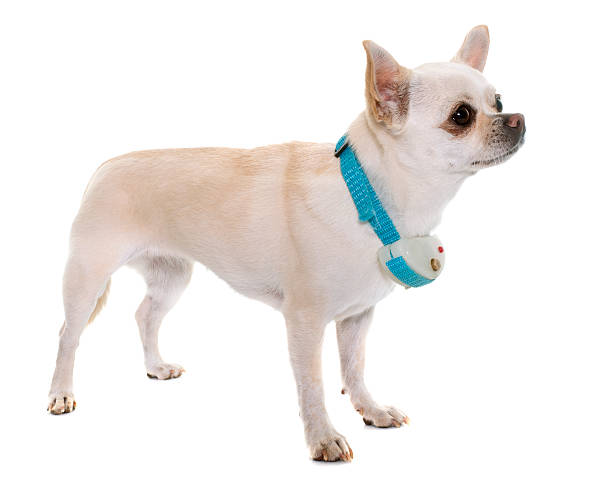Training Dogs With the Help of the Shock Collar: Short and Long Term Behavioural Effects

Behavioural effects of the use of a shock collar during guard dog training of German shepherd dogs were studied. Direct reactions of 32 dogs to 107 shocks showed reactions (lowering of body posture, high pitched yelps, barks and squeals, avoidance, redirection aggression, tongue flicking) that suggest stress or fear and pain. Most of these immediate reactions lasted only a fraction of a second. The behaviour of 16 dogs that had received shocks in the recent past (S-dogs) was compared with the behaviour of 15 control dogs that had received similar training but never had received shocks (C-dogs) in order to investigate possible effects of a longer duration. Only training sessions were used in which no shocks were delivered and the behaviour of the dogs (position of body, tail and ears, and stress-, pain- and aggression-related behaviours) was recorded in a way that enabled comparison between the groups. During free walking on the training grounds S-dogs showed a lower ear posture and more stress-related behaviours than C-dogs. During obedience training and during manwork (i.e. excercises with a would-be criminal) the same differences were found. Even a comparison between the behaviour of C-dogs with that of S-dogs during free walking and obedience exercises in a park showed similar differences. Differences between the two groups of dogs existed in spite of the fact that C-dogs also were trained in a fairly harsh way. A comparison between the behaviour during free walking with that during obedience exercises and manwork, showed that during training more stress signals were shown and ear positions were lower. The conclusions, therefore are, that being trained is stressful, that receiving shocks is a painful experience to dogs, and that the S-dogs evidently have learned that the presence of their owner (or his commands) announces reception of shocks, even outside of the normal training context. This suggests that the welfare of these shocked dogs is at stake, at least in the presence of their owner.
Schilder, M.D.H. and van der Borg, J.A.M. (2004). Training dogs with the help of the shock collar: short and long term behavioural effects. Applied Animal Behavior Science, 85, 319-334.
Photo: iStock.com/cynoclub
View ResourceTopic(s): Behavior, Breeder Resource, Dog to People - Skill Building, Social Interactions